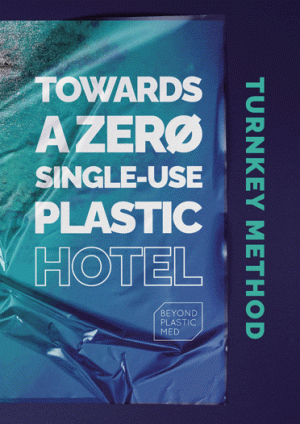
Turnkey methodology developed following a pilot deployed at the InterContinental Marseille- Hotel Dieu. This methodology brings together all the tools and feedback that hotels need to reduce their plastic footprint.
BeMed offers hoteliers a six-step approach, from defining the starting point to measuring the impact of the solutions tested. It provides proven and easily adaptable tools, advice, and feedback, as well as examples of alternatives that allow hotels to benefit from the expertise of BeMed and its partners.